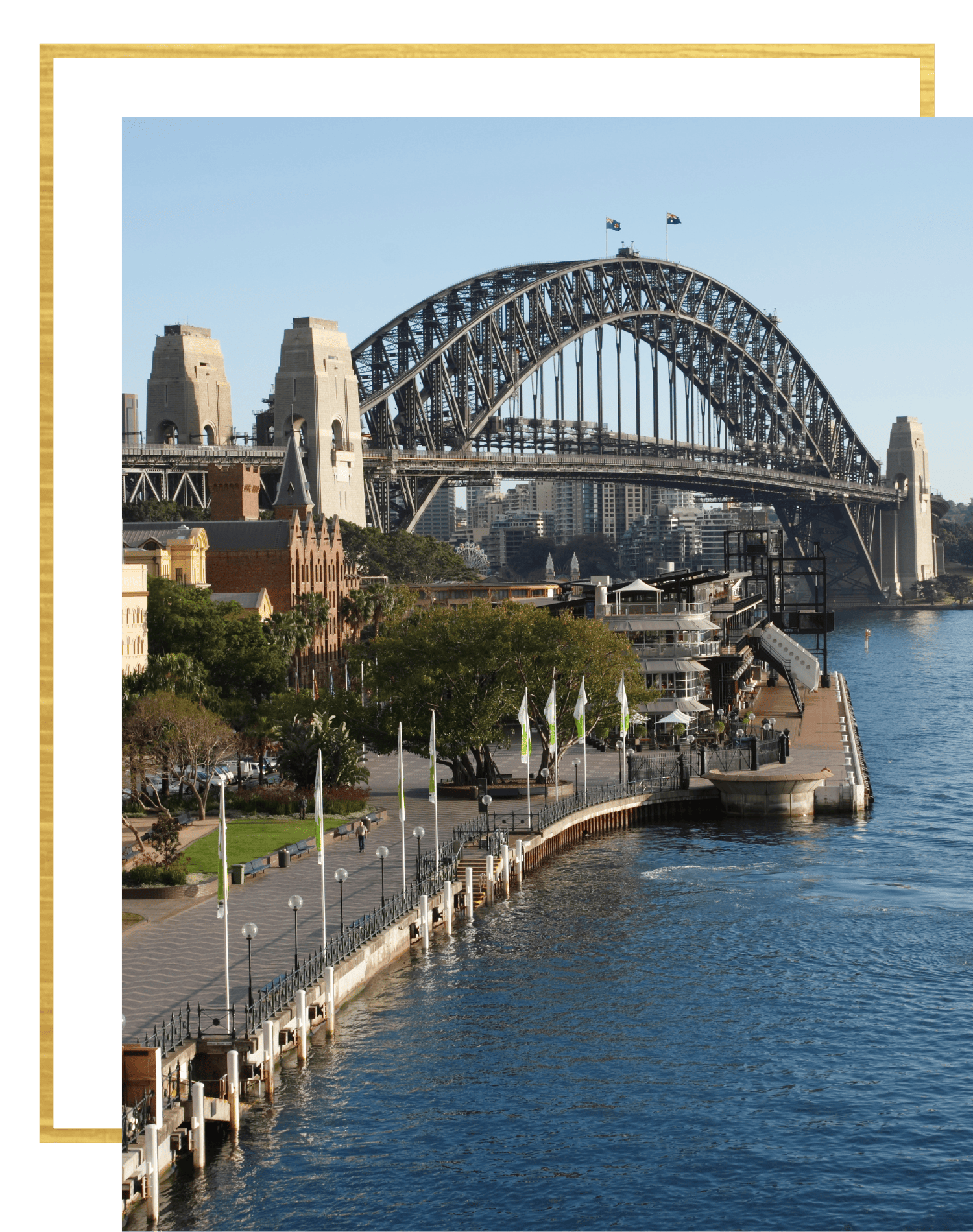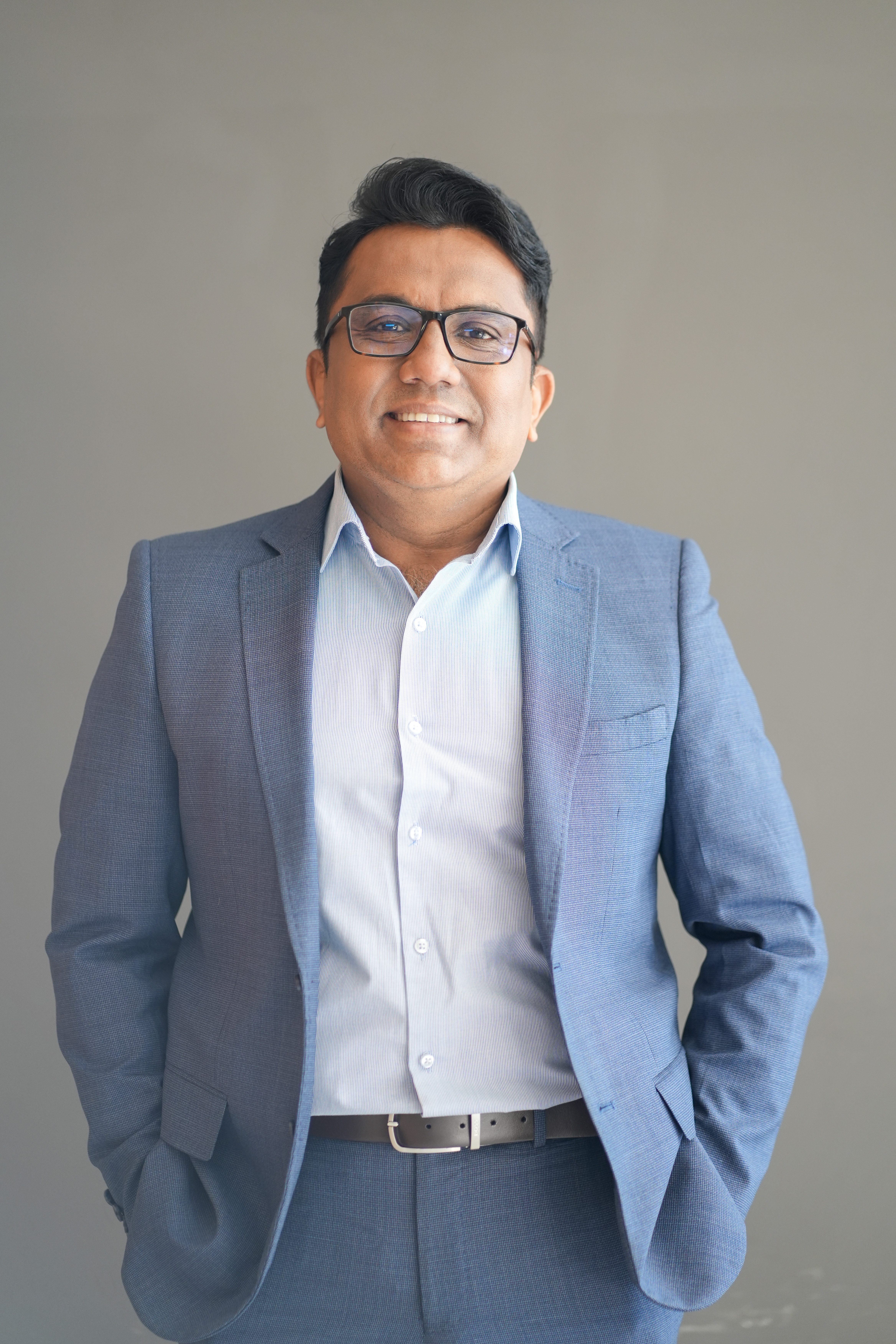Rhinoplasty SURGERY
Precision that transforms your profile.
“Rhinoplasty is sculpting in millimeters. It's where form meets function — we improve breathing, refine proportions, and enhance confidence without ever making it obvious something was done.”
What is Rhinoplasty &
what are its benefits?
Rhinoplasty, commonly referred to as a 'nose job,' is a surgical procedure that reshapes or resizes the nose to improve facial harmony or breathing function. It can correct aesthetic concerns such as a dorsal hump, drooping tip, wide bridge, or asymmetry, as well as functional issues like deviated septum or chronic nasal obstruction. Although it is a most satisfying to the patient, it is also believed to be the most complex of all Cosmetic surgical procedures. The problem is, ‘there is no one nose that fits all’. Each nose should be tailored to suit the face on which it lives. Not all Cosmetic and Cosmetic surgeons want to delve into the territory of rhinoplasty.
Benefits:
• Enhances overall facial balance and symmetry
• Refines nasal profile and proportions
• Improves nasal breathing (if combined with septoplasty)
• Corrects trauma or birth-related deformities
• Boosts self-esteem and personal confidence
Dr Mahadik's
Transformation Gallery
TYPES OF A RHINOPLASTY
1. Open Rhinoplasty – Involves a small incision at the base of the nose, offering complete visibility and precision.
2. Open Rhinoplasty –All incisions are hidden within the nostrils; suitable for minor reshaping.
3. Revision Rhinoplasty – Corrective surgery for previously operated noses.
4. Septorhinoplasty – Combines aesthetic rhinoplasty with internal septum correction for better breathing.















